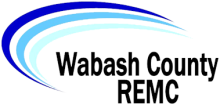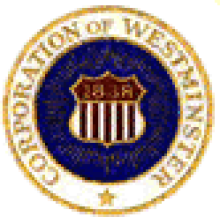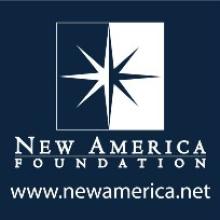Last summer we reported on Sebewaing, the community of 1,700 in the tip of the "thumb" in Michigan. At the time, Sebewaing Light and Water (SLW) was exploring the possibilities of deploying its own FTTH network. Like other small communities, Sebewaing could not get the service it needed from large corporate providers. We recently caught up with SLW's Superintendent, Melanie McCoy, to get an update.
The community released its RFP [PDF] and received responses from two bidders. McCoy tells us that in Michigan, such a low response rate allows the municipality to deploy its own network, so SLW decided to proceed.
The construction bid for the fiber backbone went to Earthcom, located in Lansing. Air Advantage successfully bid to supply bandwidth and the headend. Calix will provide the customer premise equipment that will offer data and voice services.
Sebewaing's network is 90% aerial and the final estimate is $1-2 million. The network will provide 1 gig capacity with the potential to expand to 10 gigs. Because the utility has its own poles and in-house expertise to handle labor, SLW is able to perform make-ready work themselves, lowering the final cost of the deployment. SLW will use an interdepartmental loan from its electric, water, and wireless utilities to fund the investment. According to McCoy, the RFP responses were both about $1 million higher than the final estimate.
In 2003, SLW began providing wireless Internet access to residents in Sebewaing so staff has experience as a broadband utility. They also installed a small fiber loop in the downtown area to serve businesses and municipal facilities. The old fiber loop will be retired because it has fewer strands and has been maxed out for some time.
The new fiber will replace connections between fifteen public facilities, including wells, public safety, and administration buildings. Each facility currently pays only $15-25 per month to be connected, saving thousands in yearly fees for leased lines from incumbents. Rates will not change, even though the new network will offer higher capacity.








